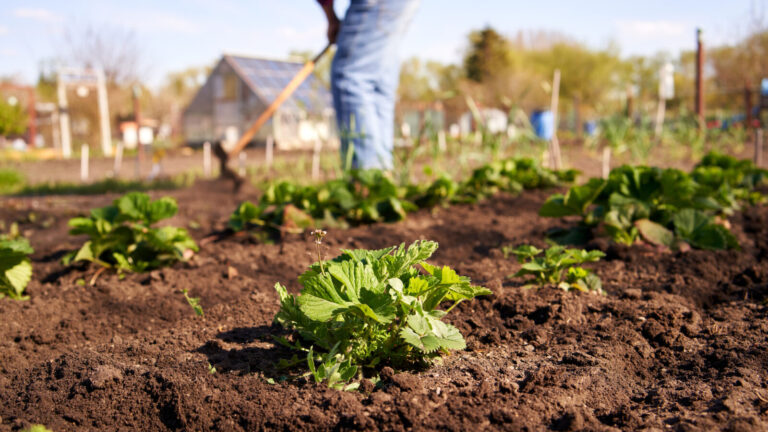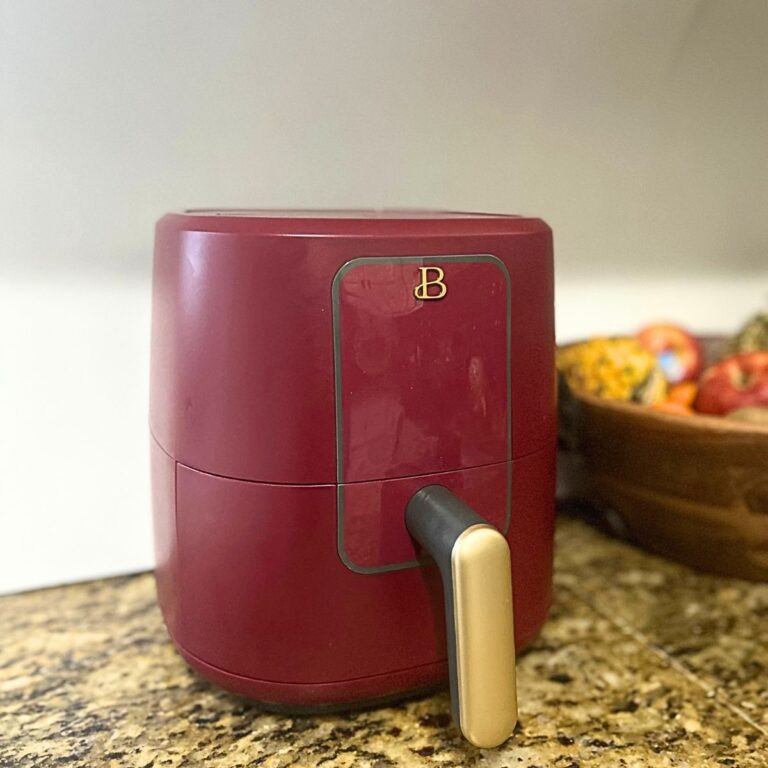This post may contain affiliate links.
Should you buy a wood stove for your home? Wondering the best way to use a wood stove to effectively heat your home? In this article, guest author Jana Strain provides information and advice for those of you who are considering wood stoves or who already own them and want to make them work even better as your source of heat.
Wood stoves provide an amazing source of heat for your house. The heat from a wood burning stove is best described as a warm blanket wrapped around you. Unlike central heating, the temperature doesn’t fluctuate as much and you can usually get your house up to temperature faster with a good wood burning stove.
We have used wood burning stoves to heat our last two homes and we will never go back! We built our current home with no central heat – our main source of heat is our wood burning stove centered in our living room. We also cook a lot of our stews, soups, and roasts in a Dutch oven on our stove during the winter.
We love the benefit of knowing that even if we have a power outage, our home is still heated and we can even heat water and cook on our stove top.
Heating with wood also allows you to get creative about how you spend your money and how you source firewood at a lower cost than you would pay for other heating options. This more self-reliant option gives you a lot more control over your resources and money than heating with fossil fuels provided by a service.
Here are a few pointers on making the best of your wood burning stove:
What type of woode stove should you buy?

Choosing a wood stove comes down to a few key questions – how big a space do you want to heat with it? What do you want it to look like? And how much space do you have? Likewise, you’ll want to consider efficiency ratings, how big a log it can handle, and cost.
We chose our stove from the US Stove company for its antique look and because we were able to order it online. It was shipped to our local hardware store for half the cost of the same stove on the website. We chose the largest one in the front load style and it can take logs that are almost two feet long and several inches in diameter.
Our home is about 2300 square feet with a bedroom on the main level and two bedrooms upstairs. We placed our stove in the center of our house for maximum heating efficiently. We have an open living room with a vaulted ceiling. Our stove is rated to heat up to a 1600 square foot house but we’ve had no trouble using fans to comfortably heat our entire house (our average temperature in our home before bed is about 78 degrees).
There are some beautiful old stoves that I’ve seen for sale but a word of caution – it is safer to buy a brand new stove and all new piping rather than risk purchasing an unsafe stove. New stoves burn wood much more efficiently and safely and are comparable in price to some of the older, used stoves I’ve seen for sale.
If your home already had a stove and you want to use it, I would highly encourage having it inspected by a professional to make sure it was originally installed correctly and is in good working order.
For perspective, our brand new stove was around $400 and the additional piping (to go up two stories) was about $200.
How often should you clean your chimney?
Burning wood creates a deposit in your chimney called creosote and if it’s not cleaned, it can lead to chimney fires. To help prevent creosote, you should have your chimney cleaned at yearly.
Because we use our wood burning stove daily, we also burn a product monthly that helps reduce creosote build-up. It’s best to also inspect your chimney periodically during the burning season as well as have it professionally inspected and cleaned at the start of each season.
How much wood will you need? And where will you get it?

Because we heat our house almost 100% of the time with our wood stove, we use about 5 cords of wood. A cord of wood is measured by 4ft x 4ft x 8ft with a volume of 128 cubic feet. According to this article by the eFirewood Store, a non-catalytic wood stove will burn about one cord per 30-60 days of full-time use. So you can use this estimate, as well as your sense of how often you want to use your wood-stove, to estimate how much wood you will need.
Depending on where you are located, you could possibly gather wood for free or at a very small cost. If you have forested land on your homestead, it would be a good idea to come up with a plan for how you will use trees over time so as to ensure good forest management practices. We’ve been fortunate some years to find all our wood for free – a good chain saw and log splitter have been an invaluable addition to our homestead.
Read more ideas for saving money on firewood in this article!
In addition, a small splitter to make a lot of kindling to start fires can be helpful, as can pine cone fire starters! Click here for an article on how to make pine cone fire starters from Homestead How-To.
In other years, we’ve needed to supplement our wood supply and order from places that sell firewood by the cord, but our heating expense is still minimal most years (we count the creosote busting logs and any maintenance in our heating budget).
Keep in mind that all wood is not created equal. The best wood to burn is hard wood (oak, hard maple, and birch for example) because they burn hotter and create less creosote. If you don’t have hard wood as an option, other wood types will work but they may not burn as hot and it may take more wood to heat your home. In our area, for example, pine is a common type of wood and we usually have to stoke (or add more wood) the fire to get it a little hotter.
How do you know how hot your stove is getting?
There is a fine line between getting your stove too hot and running it too cold. Running your stove too hot is dangerous and running your stove too cold can create additional creosote buildup. We have a thermometer that attaches to the chimney and it helps us to keep our stove running at the safest temperature.
The optimal temperature is around 250 to 450 degrees. Our goal if we’re running the stove all day is to keep it at the optimal burning temperature until we’re ready to shut it down for the night.
How to deal with challenges of a wood burning stove
There are a few cons in using a wood burning stove. Because of our dry climate in the high plains of Colorado, our air is dry to begin with but running the stove constantly makes our home even drier. We use diffusers and humidifiers, and we keep a large Dutch Oven filled with water on top of our stove to help add moisture back into the air.
Wood burning stoves can also cause issues with people who have breathing issues. If someone in your family has severe asthma or other breathing issues, I would encourage you to consult with your physician before using a wood burning stove. An air purifier may be a good option to deal with particulates in that can be emitted from a wood-burning stove, and you’ll also want to make sure you get a stove that runs safely and efficiently.
The biggest con for our family is that if we’re gone for a long period of time, the house can be downright chilly when we return! Our home is a log home and we’ve found that the logs insulate well – we can be gone all day while the outside temp is in the single digits and the house will stay around 60-65 degrees. It usually takes about 45 minutes to an hour for our home to warm up to 70-75 degrees once we start the fire at those low temperatures.
As back-up, we also installed two small propane wall mounted heaters to keep our home around 50-55 degrees should we need to be away for several days. Many people who are adding a woodstove to an existing home with another source of heat will keep that system active as a back-up.
How do you circulate the warm air from your wood stove efficiently?
Wood burning stoves are great but you can help make them even more efficient at heating your home with an addition you probably already have – fans! We use ceiling fans in our main living area as well as the bedrooms to help circulate the warm air throughout the house. Switch the fan direction to clockwise in the winter to help draw the warm air up and around the rooms. Using these fans in our home has helped keep the temperature even between our upstairs and downstairs rooms.
Another fan we use is a small fan called an Eco Fan. It is a small fan that sits on top of the stove and the heat from the stove powers the fan. This allows you to move the warm air from the stove around the room without adding any extra blowers or fans and you don’t need electricity.
The crackle of a good fire, a faint smell of wood smoke and cooking a hearty homemade stew in a cast iron skillet or Dutch oven can take you back 150 years! Wood stoves are a great addition to any homestead and provide useful heat and nostalgia of times gone by.

Jana Strain lives on 160 acers in eastern Colorado with her husband and 3 kids. She and her husband recently completed their dream log home that they built themselves. Before they started their home building journey, they raised honey bees, hogs, dairy goats, chickens, grass fed beef and horses. Currently they have chickens, horses and cattle and will be ramping up their other livestock operations. They involve their kids in the homesteading journey as much as possible while homeschooling/ranch schooling. Their goal is to live as self-sufficient and as natural lifestyle as possible. Follow their journey on Instagram: @janamstrain






